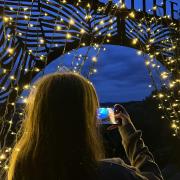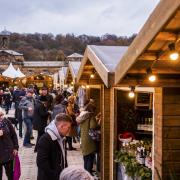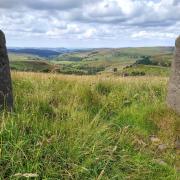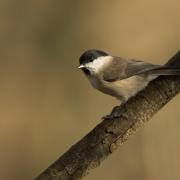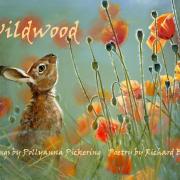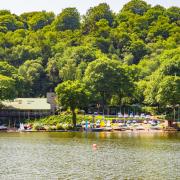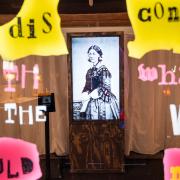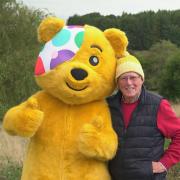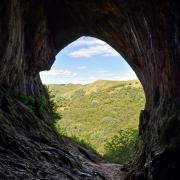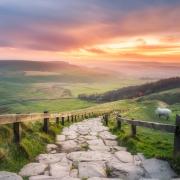Some of the greatest moments in history, and the most significant societal changes, have come from marginalised individuals and groups who seemingly had little or no political power - yet they made a stand.
What do all great social movements have in common? They community organised.
This way of engaging – where the community becomes the driver for change in their area - is how we can make our towns and cities a better place for nature.

The community organising method
Two years ago, thanks to National Heritage Lottery funding, the Royal Society of Wildlife Trusts was able to trial community organiser roles through the Nextdoor Nature initiative.
With a focus on Derby’s inner-city areas - Normanton, Arboretum and Alvaston - Derbyshire Wildlife Trust looked to test the community organising approach with a view to empowering individuals, schools and community groups to take action for nature where they live and work.
What I found as community organiser was a city filled with enthusiasm. Many groups when asked for their input had great ideas on how to get more nature into the lives of the communities they served.
Groups like the Hadhari Project, a charity which supports elderly people from the Caribbean, spoke of the great benefits greenery could have for their dementia patients and looked for our support to create a community garden around their building.
Others, like the Pakistan Community Centre, spoke of the need for education and engagement with both young and old to illustrate the issues littering and fly tipping have, not just on community pride but also the environment.
All these groups had positive ideas but were stuck on where to start and how to organise. That’s where I came in.
I supported them to get funding, connected them with likeminded organisations to share skills and helped support groups to bring their ideas to life.

Green Corridor in Derby City
Over time, initiatives have formed as a result of having a community organiser in post. Through partnership with Derby City Council’s neighbourhood team and conversations with local residents, I found the small green spaces in Normanton and Arboretum were subject to abuse.
Take the walkway of Society Place. This cut-through, which had two patches of grass either side, was regularly fly tipped on and had become an eye sore.
Seeing the space needed some community ownership, after consultation with the houses around the walkway, I asked Arboretum Primary School if they would like to take on the space.
They obliged and after a whole school design competition, their Forest School had an afternoon of planting on the site.
The children created a wildlife themed garden that has become a picturesque walkway and, as a result, fly tipping reduced significantly and neighbours have commented on how it has lifted the area.
With the success of Society Place, other small areas in need of redevelopment started appearing. Projects like the Normanton Road mural – completed by local artist Todd Jerm after consultation with the children at the Pakistan Community Centre - have brightened the streets.
Future projects are in the planning stages with the aim of having more spaces changed for wildlife, with the final objective of creating a ‘Green Corridor’ of nature-friendly spaces between the two parks of Normanton and Arboretum.
The lessons learnt
As the trial period of the Trust’s community organising comes to an end, it’s clear bringing about community ownership to local spaces is an approach worth taking.
It improves the look, gives people a chance to change their area and takes some of the burden from local authorities.
The project’s success shows emphatically how local communities, with the right support, can drive positive changes to improve an area for people and nature.
For more on Nextdoor Nature and community organising, visit derbyshirewildlifetrust.org.uk/nextdoor-nature-lottery-fund.




